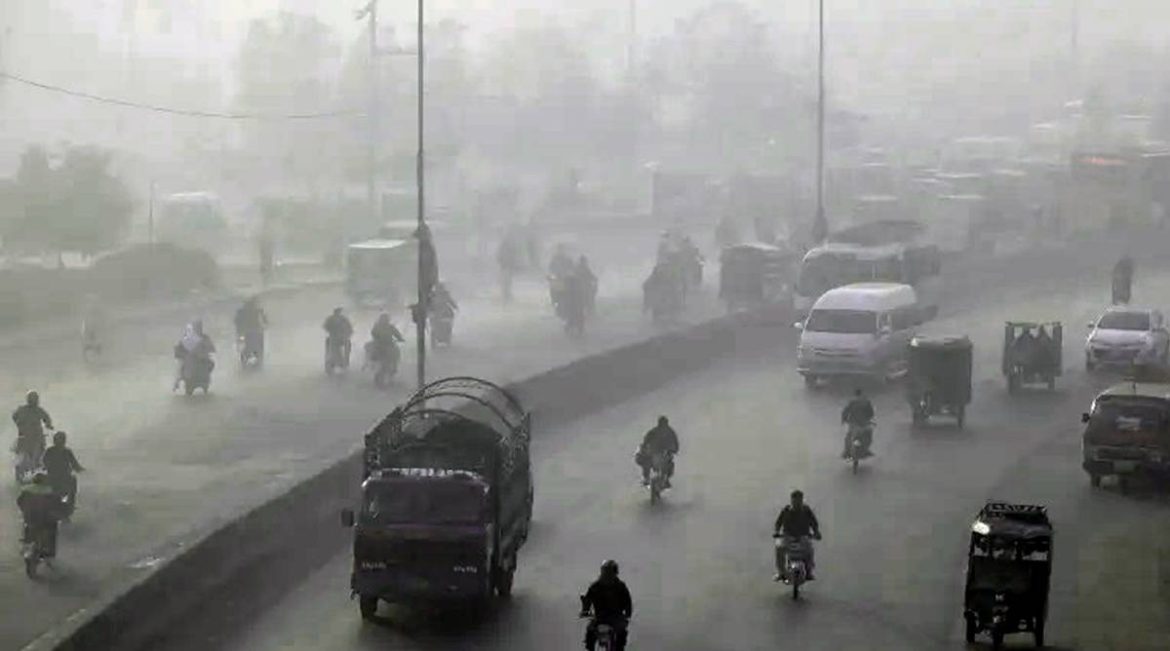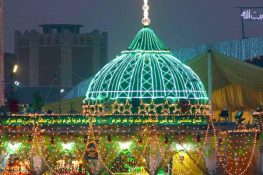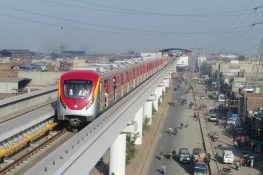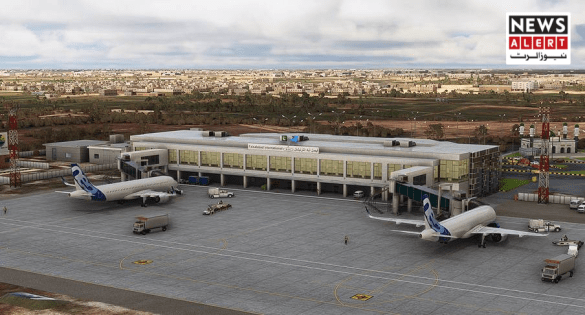Lahore Surpasses New Delhi in Air Pollution Rankings
Lahore has once again been ranked as the most polluted city in the world, surpassing India’s capital, New Delhi, in global air quality rankings. For more detailed analysis, read Lahore Tops Global Air Pollution Rankings Once Again on News Alert.
According to data recorded on Saturday morning, Lahore’s Air Quality Index (AQI) reached an alarming 404, placing it in the hazardous category.
Environmental monitoring stations across the city showed particularly severe readings. The highest pollution level was reported at Ritigun Road, where AQI levels soared to 680. In Johar Town, the index stood at 673, while Gulberg recorded 543, indicating dangerous concentrations of fine particulate matter (PM2.5).
In comparison, New Delhi reported an AQI of 260, making it the world’s second-most polluted city at the time of measurement.
Experts Warn of Health and Environmental Consequences
Environmental experts have raised alarms over the worsening air quality in Punjab’s major cities, including Lahore, Faisalabad, and Gujranwala. They warn that pollution levels are now reaching life-threatening thresholds, posing serious health risks such as respiratory illnesses, heart disease, and reduced lung function.
The primary causes of this pollution crisis, according to specialists, include:
-
Vehicle emissions from Lahore’s congested roads,
-
Industrial discharge from unregulated factories,
-
Crop residue burning by farmers in nearby districts, and
-
Transboundary smog drifting from across the Indian border.
The combination of these factors, coupled with seasonal weather patterns and lack of wind movement, has trapped pollutants over the city, forming a thick layer of smog that reduces visibility and sunlight.
Regional Pollution Patterns
The issue is not confined to Lahore alone. In Faisalabad, heavy industrial activity and unchecked traffic emissions are the dominant sources of air pollution. Meanwhile, in Karachi, experts point to port operations, dense urbanization, and vehicle exhaust as the main contributors.
In the twin cities of Islamabad and Rawalpindi, ongoing construction projects and dust from roads further exacerbate poor air quality.
According to the World Health Organization (WHO), the safe limit for PM2.5 particles is 15 micrograms per cubic meter. Lahore’s recent readings exceed this limit by more than 30 times, underscoring the severity of the crisis.
Authorities Urge Public Precautions
As air quality continues to deteriorate, health officials and environmental experts have urged residents to take protective measures. Citizens are advised to:
-
Avoid unnecessary outdoor activities,
-
Keep windows and doors closed,
-
Use air purifiers indoors, and
-
Wear N95 or surgical masks when stepping outside.
Schools and workplaces have been encouraged to adopt remote or flexible schedules on days when smog levels peak.
Environmental advocates stress that without long-term policies—such as stricter industrial regulations, promotion of public transport, and green urban planning—Lahore’s air pollution crisis will continue to worsen in the coming years.















